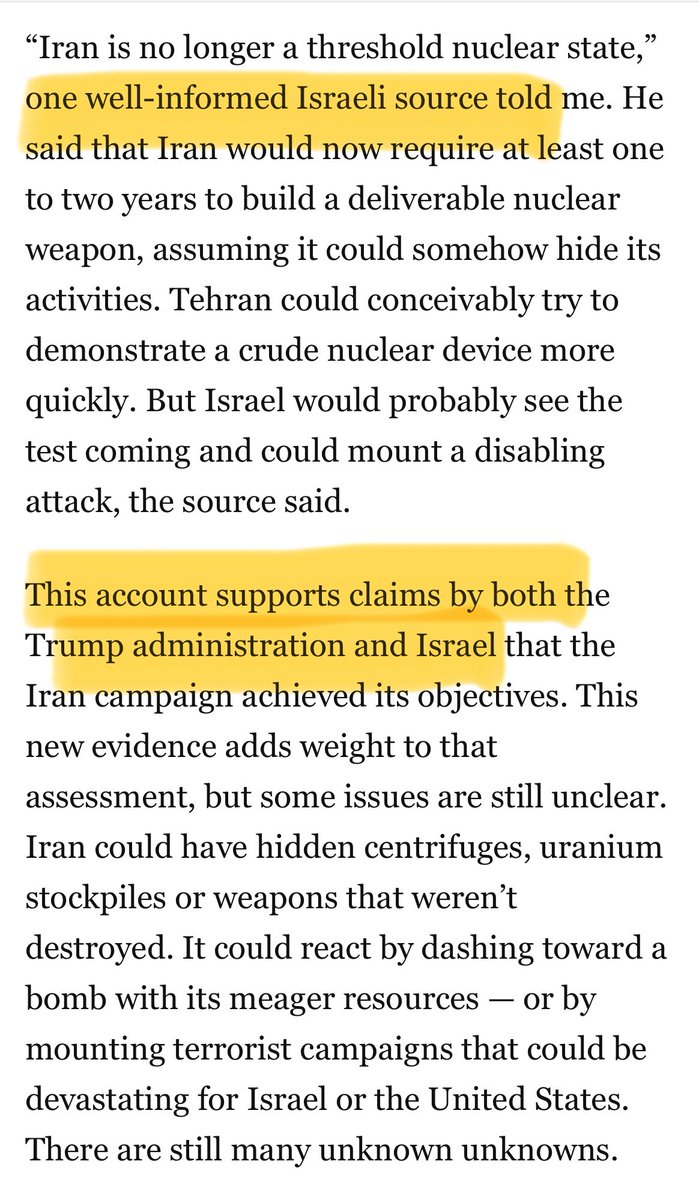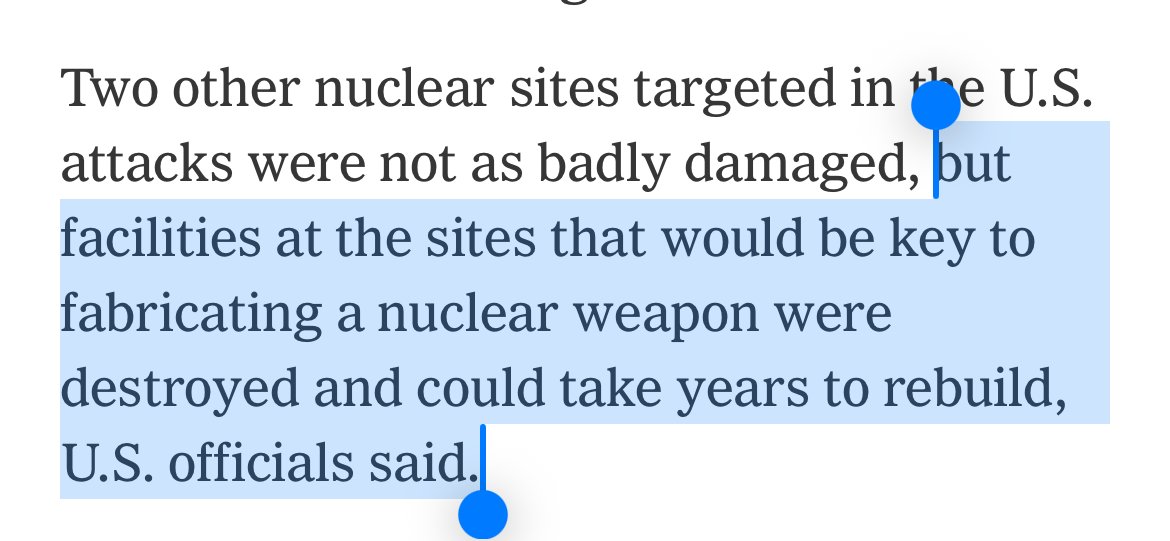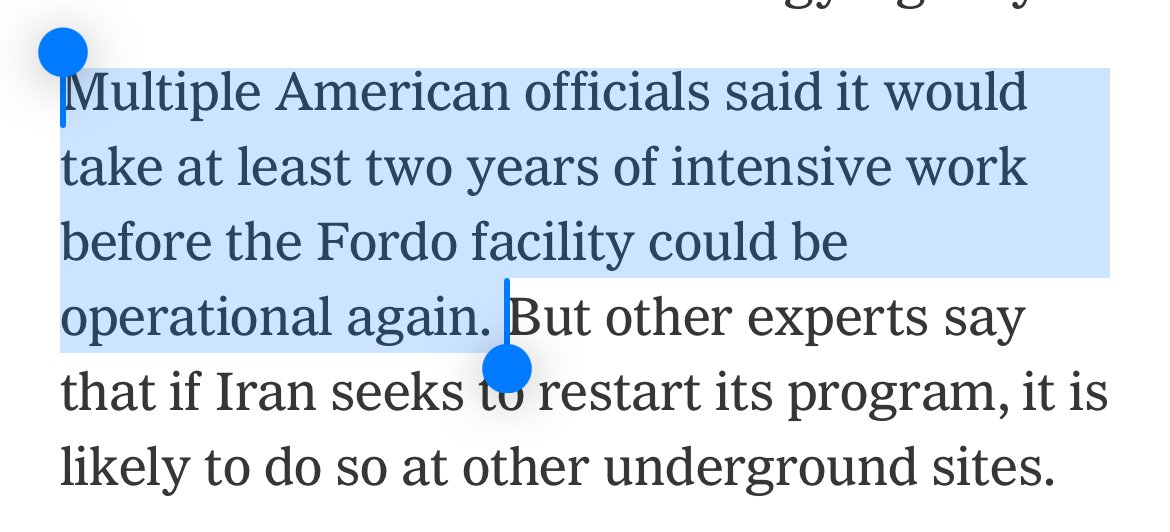<THREAD>And here it is..
"A ReSTART for U.S.-Russian Nuclear Arms Control" by @pranayrvaddi and me.
It's our proposal for a follow-on to New START. Here are the big ideas. (1/N)
carnegieendowment.org/2020/10/02/res…
"A ReSTART for U.S.-Russian Nuclear Arms Control" by @pranayrvaddi and me.
It's our proposal for a follow-on to New START. Here are the big ideas. (1/N)
carnegieendowment.org/2020/10/02/res…
1. Extend New START. (2/n)
2. Make all intercontinental ground-launched boost-glide missiles and nuclear-powered torpedoes (whether nuclear or conventionally armed) accountable. (3/n)
3. Discourage heavy MIRVing by lowering the ratio between strategic deployed warheads and deployed delivery systems relative to New START. (4/n)
4. Prohibit nuclear-powered cruise missiles entirely. (5/n)
5. Prohibit the deployment of long-range air-launched ballistic and boost-glide missiles EXCEPT on either (1) treaty-accountable heavy bombers or (2) nonaccountable short-range tactical aircraft. (6/n)
6. Agree that (1) long-range nuclear-armed sea-launched boost-glide missiles, if deployed, will constitute a new kind of strategic offensive arm; (2) such weapons will not be deployed on ships or submarines armed with nonnuclear missiles. (7/n)
7. Require enhanced procedures and greater transparency for conversions of sea-launched ballistic missile launchers. Require launchers converted under New START to be reconverted to the new standard if they are to remain nonaccountable. (8/n)
8. Agree that heavy bombers *of a new type* should only be nonaccountable if they are based at nonnuclear air bases. Provide greater transparency for all converted and nonaccountable heavy bombers. (9/n)
8. Define a "new kind of strategic offensive arm" tightly and narrowly, but make such weapons automatically accountable. (9/n)
Frankly, the most controversial part will be what's NOT included: China, nonstrategic nuclear weapons, and ballistic missile defense.
These are important! And, we'll publish proposals later this year on how to manage them... (10/n)
These are important! And, we'll publish proposals later this year on how to manage them... (10/n)
...but trying to shoehorn them into a bilateral strategic offensive agreement is a recipe for the collapse of negotiations and the end of arms control.
Which may be why, of course, the Trump admin is insistent that the next treaty must deal with China and all warheads. (11/11)
Which may be why, of course, the Trump admin is insistent that the next treaty must deal with China and all warheads. (11/11)
• • •
Missing some Tweet in this thread? You can try to
force a refresh
















